ChinaFile Recommends
07.03.18China Issues U.S. Travel Warning Amid Trade Tensions
Reuters
China’s embassy in Washington has issued a security advisory to Chinese nationals traveling to the United States, the latest such warning as trade tensions escalate between the two countries.
Excerpts
11.06.17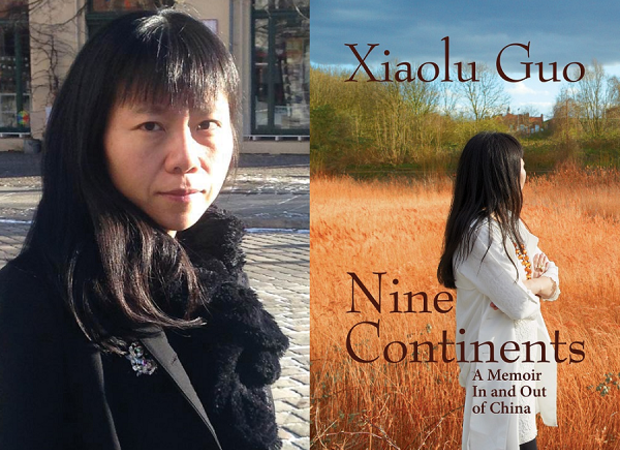
The Past Is a Foreign Country
On Wednesday, November 8, the Chinese-British writer Guo Xiaolu joined the Asia Society’s Isaac Stone Fish in a conversation about the difficulty of existing in both the Western and Chinese worlds.In this excerpt from Guo’s recently published memoir...
Excerpts
10.06.17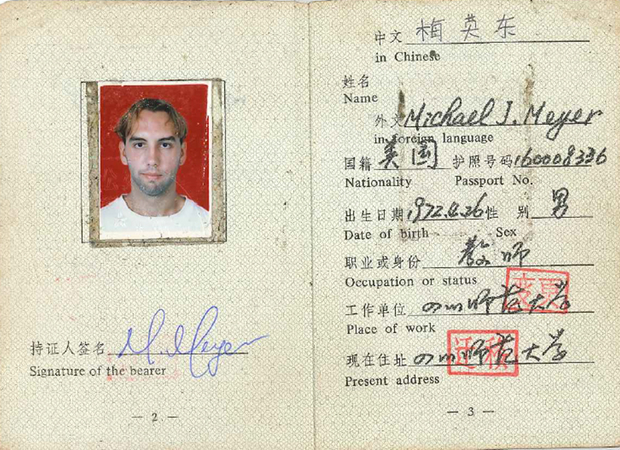
Nearly Dead on Arrival
I was a six-foot-two-inch rake whose strongest muscle was my mouth: at college I once talked down a mugger pressing a knife against my gut, and twice lost fistfights after telling off racists. I never felt big, but in China my size usually made me...
ChinaFile Recommends
10.03.17This Week, Half of China’s Population Is on the Move
Quartz
Close to 700 million people in China are expected to travel during the country’s National Day holidays, known as the Golden Week, which kicked off on Sunday (Oct. 1).
Sinica Podcast
09.30.17
‘China in Drag: Travels with a Cross-Dresser’
from Sinica Podcast
Michael Bristow, the Asia Pacific editor for the BBC World Service, has written a book called China in Drag: Travels with a Cross-Dresser, in which he recounts his time in China—his travels, his reporting, and his myriad experiences—through the...
The China Africa Project
02.03.17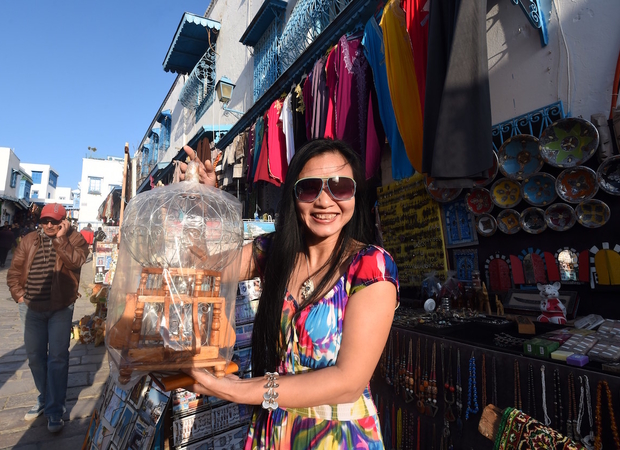
Chinese Tourism to Africa Is Up, but Travel Companies Are Wary
Africa is becoming an increasingly popular holiday destination among adventure-seeking Chinese tourists. The number of visitors who went to Africa in 2016 was up sharply due to looser visa restrictions and new direct flights between China and...
ChinaFile Recommends
01.30.17China Says ‘Reasonable Concerns’ Must Be Factored into Trump Travel Bans
South China Morning Post
China is building diplomatic role in Middle East, and has close ties with Iran and Sudan, two of Trump’s seven proscribed countries
ChinaFile Recommends
12.30.16China Builds Out the Air as Frustrations Mount Below
New York Times
An angry mob ransacks a terminal. A frustrated passenger tries to leave the plane while it taxis. China’s air travel system isn’t working.
ChinaFile Recommends
12.30.16Taiwan Announces U.S. Itinerary for President, Upsetting China
Reuters
Taiwan President Tsai Ing-wen will transit through Houston and San Francisco during her January visit to allies in Latin America
ChinaFile Recommends
11.10.16Ancient Town in China Enjoys Profitable Rebirth as a ‘Beautiful Stage’
New York Times
With selfie-ready backdrops — flowing green canals and sloping tiled roofs — Wuzhen, China, takes off with tourists
ChinaFile Recommends
06.14.16Taiwan Bars Ex-President From Visiting Hong Kong
New York Times
After leaving office, travel is limited for three years for high-level officials....
ChinaFile Recommends
06.25.15South Africa Tourism in Crisis as Chinese Reject New Visa Regulations
The number of Chinese visitors to South Africa has dropped 32 percent after new visa regulations make travel difficult.
ChinaFile Recommends
06.24.15China Opens New Land Route to Tibet for Indian Pilgrims
New York Times
The crossing of Nathu La, between India and Tibet, signals the opening of a new pilgrimage route for Indian pilgrims to holy sites.
ChinaFile Recommends
02.25.15Traffic Peaks as Lunar New Year Holiday Ends
Xinhua
The last day of the holiday saw about 9.7 million train trips, 1.4 million by plane, and 73.6 million by highway.
ChinaFile Recommends
02.18.15Ringing In the Lunar New Year, Whatever It’s Called
New York Times
Because Han Chinese culture developed in regions where herders and goats prevailed, many think the zodiac talisman must be a goat.
ChinaFile Recommends
12.15.14San Gabriel Valley’s El Monte Getting a Boost from Chinese Investors
Los Angeles Times
Trucks loaded with construction materials park in front of a vacant lot in El Monte, where a homeless man slumbers on the sidewalk next to a mountain of rags and trash bags. Overhead, colorful flags whip in the breeze, advertising opportunities for...
ChinaFile Recommends
08.27.14China’s Supersonic Submarine? Not Gonna Happen
Time
To hear Chinese military sources tell it, the country is on its way to developing a submarine that can travel 6,100 mph—which is why you should never listen to Chinese military sources.
ChinaFile Recommends
05.29.14First Rule of Chinese Tourism: Give Them What They Want
CNN
As the global travel industry rolls out the welcome mat for China’s surge of outbound tourists, it should consider tipping the scales in their customers’ favor.
ChinaFile Recommends
05.20.14The World Is Falling All Over Itself to Attract Chinese Tourists
Global Post
The number of tourist departures from China hit a whopping 97.3 million in 2013, up more than nine fold from 2000, according to the Germany-based China Outbound Tourism Research Institute
Sinica Podcast
05.10.14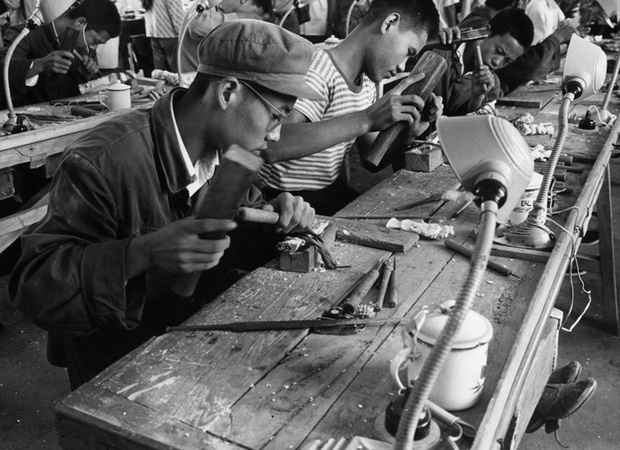
Initial Impressions: Three First Trips to China, 1970s-1990s
from Sinica Podcast
In this show: dating tips for hooking up with your Marxist-Leninist thought instructor, advice on what modern music and seasonal vegetables to smuggle in from Hong Kong, the origins of China’s somewhat unorthodox driving customs, and instructions on...
Media
09.25.13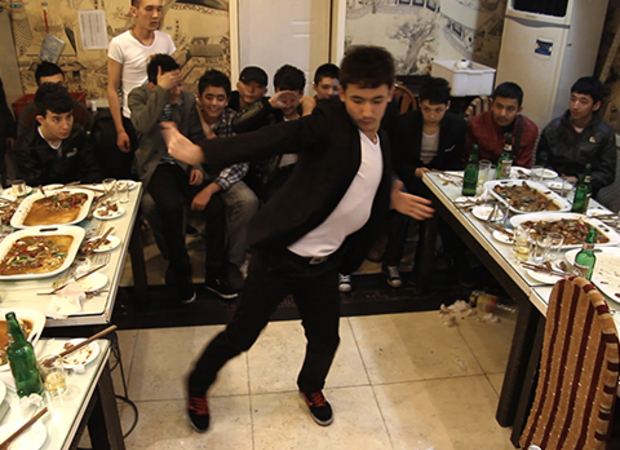
The Silk Road of Pop
Most coverage of Xinjiang focuses on the tensions between Han and Uighur in the region, especially since the 2009 Urumqi riots. The Silk Road of Pop, a new documentary about Uighur music directed by Sameer Farooq, is a timely portrait of the rich...
ChinaFile Recommends
09.03.1330-Year Throwback: What Fodor’s Was Saying About China Three Decades Ago
Asia Blog
When asked to give examples of China’s transformation over the last three decades, you may first be tempted to cite year-to-year G.D.P. growth figures. Yet in 2013, we may also find some of these answers tucked inside a Fodor’s...
Conversation
08.15.13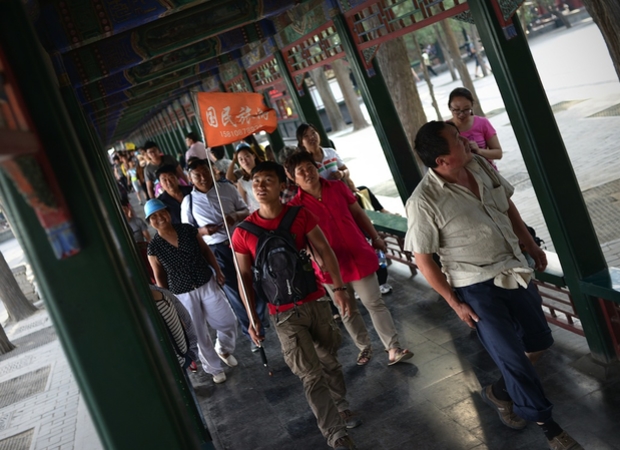
What Should China Do to Reverse its Tourism Deficit?
Recent news stories and industry studies show that fewer international visitors are choosing China as their destination. January-June arrivals in Beijing are down 15% from the same period in 2012 and more Chinese than ever before are spending their...
Sinica Podcast
07.26.13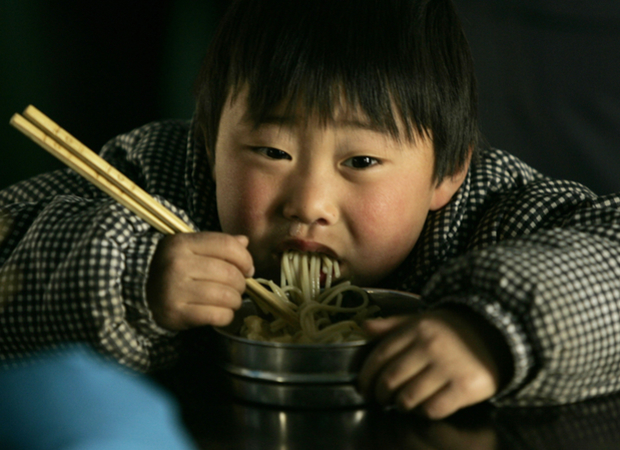
The Strange History of Pasta in China
from Sinica Podcast
After almost three years of podcasting, this week on Sinica we bow to the inevitable with a show about Chinese cuisine, and in particular the strange history of pasta in China. Joining us for this journey is Jen Lin-Liu, author of On the Noodle Road...
Books
07.25.13
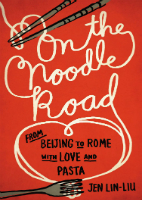
On the Noodle Road
Feasting her way through an Italian honeymoon, Jen Lin-Liu was struck by culinary echoes of the delicacies she ate and cooked back in China, where she’d lived for more than a decade. Who really invented the noodle? she wondered, like many before her. But also: How had food and culture moved along the Silk Road, the ancient trade route linking Asia to Europe—and what could still be felt of those long-ago migrations? With her new husband’s blessing, she set out to discover the connections, both historical and personal, eating a path through western China and on into Central Asia, Iran, Turkey, and across the Mediterranean.The journey takes Lin-Liu into the private kitchens where the headscarves come off and women not only knead and simmer but also confess and confide. The thin rounds of dough stuffed with meat that are dumplings in Beijing evolve into manti in Turkey—their tiny size the measure of a bride’s worth—and end as tortellini in Italy. And as she stirs and samples, listening to the women talk about their lives and longings, Lin-Liu gains a new appreciation of her own marriage, learning to savor the sweetness of love freely chosen. —Riverhead Books{node, 3722, 4}
Excerpts
07.25.13Kashgar Prepares to Feast
The next day, my husband, Craig, and I arrived in Kashgar, the most Uighur town in Xinjiang. At the western edge of the Taklamakan Desert and near the foot of the Pamirs and the Tien Shan mountain ranges, the city had been a trading post for Central...
Books
06.08.13
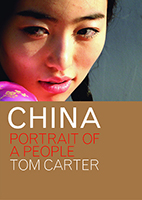
China: Portrait of a People
From the subtropical jungles of Yunnan to the frozen wastes of Heilongjiang; across the scalding deserts of Xinjiang and beneath Hong Kong’s neon blur. Tramping through China by train, bus, boat, motorcycle, mule or hitching on the back of anything that moved. On a budget so scant that he drew sympathetic stares from peasants. Backpacking photographer Tom Carter somehow succeeded in circumnavigating over 35,000 miles (56,000 kilometers) across all 33 provinces in China during a 2-year period, the first foreigner on record ever to do so.What Carter found along the way, and what his photographs ultimately reveal, is that China is not just one place, one people, but 33 distinct geographical regions populated by 56 different ethnicities, each with their own languages, customs and lifestyles.Despite increased tourism and surging foreign investment, the cultural distances between China and the West remain as vast as the oceans that separate them. CHINA: Portrait of a People was published as a means to visually introduce China to the world by providing a glimpse into the daily lives of the ordinary people who don’t make international headlines, yet whom are invariably the heart and soul of this country. —Blacksmith Books, Hong Kong
Books
06.04.13
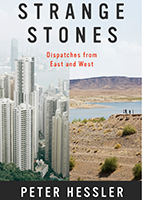
Strange Stones
During the past decade, Peter Hessler has persistently illuminated worlds both foreign and familiar—ranging from China, where he served as The New Yorker’s correspondent from 2000 to 2007, to southwestern Colorado, where he lived for four years. Strange Stones is an engaging, thought-provoking collection of Hessler’s best pieces, showcasing his range as a storyteller and his gift for writing as both native and knowledgeable outsider. From a taste test between two rat restaurants in South China to a profile of Yao Ming to the moving story of a small-town pharmacist, these pieces are bound by subtle but meaningful ideas: the strength of local traditions, the surprising overlap between cultures, and the powerful lessons drawn from individuals who straddle different worlds.Full of unforgettable figures and an unrelenting spirit of adventure, Strange Stones is a dazzling display of the powerful storytelling, shrewd cultural insight, and warm sense of humor that are the trademarks of Peter Hessler’s work. —Harper Collins{node, 3320, 4}
Media
05.29.13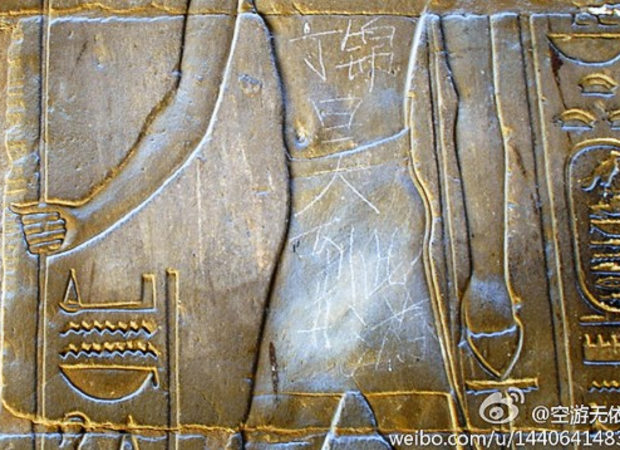
The Graffiti Seen ‘Round the World
It’s tourist season the world over: let the shenanigans begin. After a young Chinese tourist’s defacement of an ancient Egyptian temple was photographed and shared online, the harsh backlash has gone viral in China’s blogosphere. Tea Leaf Nation...
Books
01.24.13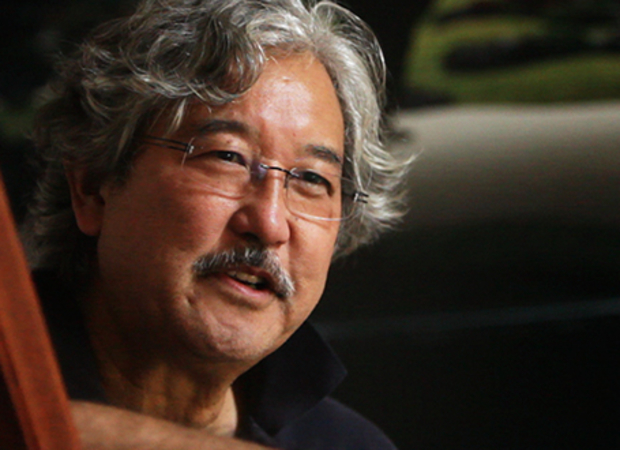
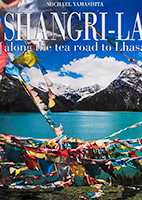
Shangri-La
The legendary Chamagudao, the Tea Horse Road, winds through dizzying mountain passes, across famed rivers like the Mekong and the Yangtze, and past monasteries and meadows in a circuitous route from Sichuan and Yunnan provinces in western China to the Tibetan capital city of Lhasa. Actually a network of roads, trails, and highways, rather than one distinct route, the Chamagudao once stretched for almost 1400 miles (2350 km)—a conduit along which the historic trade between the mighty Chinese empire and the nomadic Tibetans linked remote villages and ethnic groups. The Chinese military needed strong horses for their wars against Mongol invaders from the north, and the fiercely religious Tibetans desired tea for sacred rituals and sustenance. Once tea was introduced into Tibet around the 10th century, demand for it grew. Tea soon became a staple for Tibetans, especially when combined with their other staple, yak butter. But with Tibet’s extreme temperatures and altitudes, tea cultivation on a large scale was impossible. This set the stage for the tea-horse trade, which, by the 11th century, flourished along the Chamagudao, continuing until the 1950s. But getting these prized commodities to their growing markets was no easy feat. To transport the tea over the mountains meant many months of hard and dangerous travel for the hundreds of porters.Today, as Chinese culture merges with and even absorbs Tibetan traditions, the Tea Horse Road is a relic of a vastly different time. The Chinese are rapidly paving dirt roads to make highways for cars and trucks. Soon there will be little evidence of this once vital trade route. Though horses are no longer a military imperative for the Chinese army, Tibet has a new commodity that is in much demand in China. A homely caterpillar infected by a parasitic fungus has replaced the horse trade in Tibet. The yartsa gombu is prized for its medicinal qualities. Now Tibetans nomads drive Land Cruisers and motorcycles instead of horses, thanks to the profits they make collecting and selling the miracle mushroom worth more than gold. So trade continues, even though relics of the tea-horse trade are becoming harder to find. Following the Chamagudao, this book is a rare intimate look into the changing world of Tibet—both ancient and modern, sacred and commonplace, the rarefied and the gritty—before the legends and mysteries of the Tea Horse road disappear into the Tibetan mist. —White Star {chop}
My First Trip
12.03.12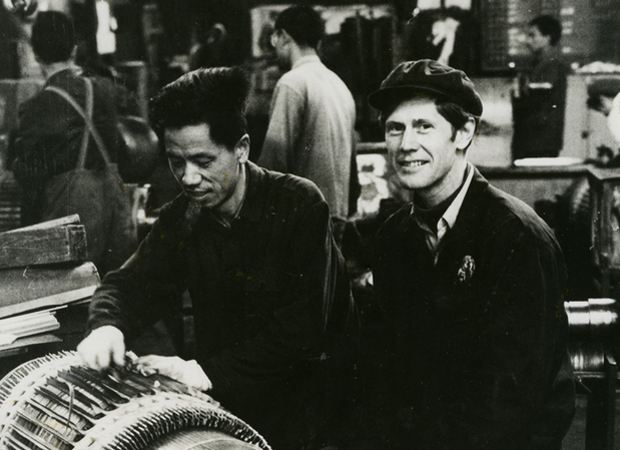
A China Frontier: Once the Border of Borders
In 1961, when I first arrived in Hong Kong as an aspiring young China scholar, there was something deeply seductive about the way this small British enclave of capitalism clung like a barnacle to the enormity of China’s socialist revolution. Because...
ChinaFile Recommends
09.27.12“Digital Disaster” Frustrates Would-Be Train Ticket Buyers
It’s a digital disaster. With a Chinese travel crunch looming, China’s online ticketing system is quickly turning into a boondoggle of historic proportions.
Excerpts
09.17.12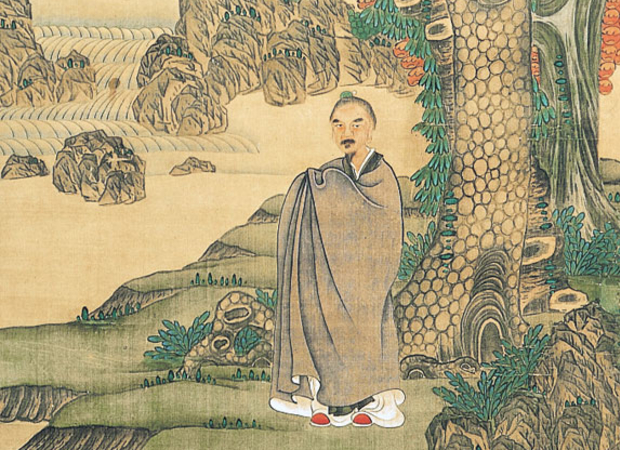
The North Peak
The “voluntary” insurance at the entrance had cost just two yuan, about thirty-five cents, but I had been fleeced all the way from Beijing and somehow this was the final straw. Why did everything have to be so crass and commercialized? I whined to...
Caixin Media
09.07.12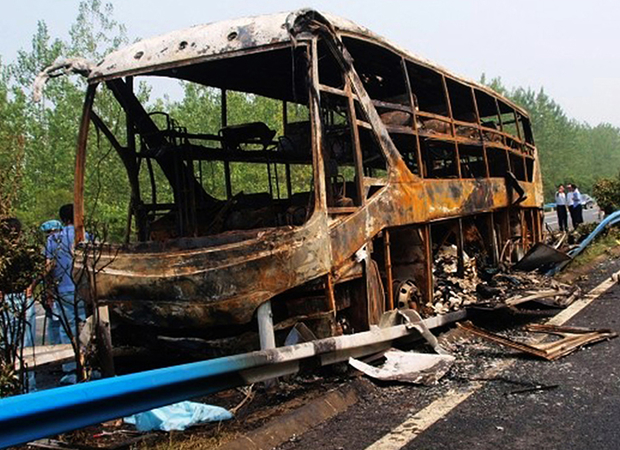
Despite Regulations, Bus Travel Still Risky
Thirty-six people died recently on a Shaanxi province highway when a double-decker bus slammed into a fuel tanker.The crash underscored ongoing demands for beefing up traffic law enforcement and improving the design of these often-crowded overnight...
ChinaFile Recommends
09.05.12Beijing Revisited After Half a Century
BBC
Returning to Beijing after nearly 50 years sparks recollections of a China long gone, and the memory of one very special meeting.
Postcard
06.06.12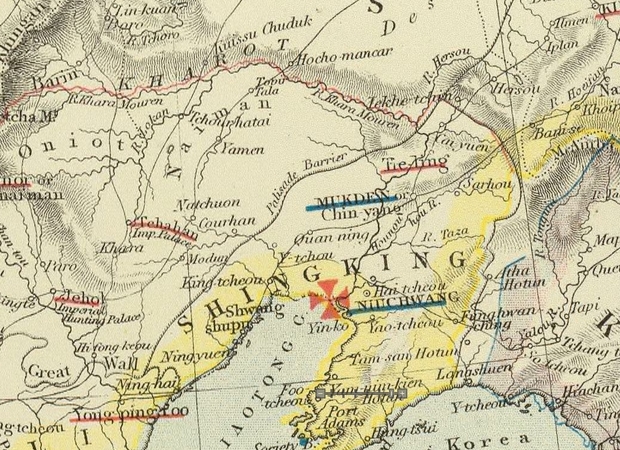
The Lesser Wall
There is no such place as Manchuria, but the word still resonates like a bell struck a century before. The region is now more prosaically called dongbei—the northeast—yet its contemporary toponyms sing of its imperial past, when it was the homeland...
My First Trip
11.26.11The Opening Stage of China
At the outset of the 1960s, the newly installed Kennedy administration attempted an opening to Beijing. In early 1961, with Secretary of State Dean Rusk in command, an offer was made to exchange journalists, as I had proposed. I had talked with Rusk...
My First Trip
09.03.11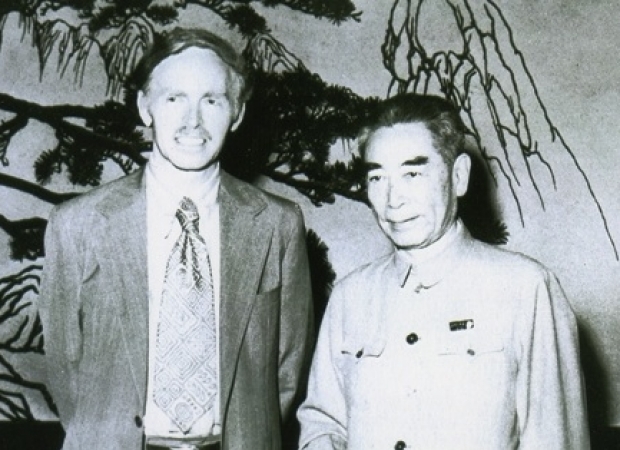
The Missionary Spirit Dies Hard
I started studying the Chinese language August 15, 1960 at 9 am. Confucius said “Establish yourself at thirty,” and, having just celebrated my thirtieth birthday, I decided he was right. I would not be allowed to visit China, however,...
My First Trip
07.09.11Nandehutu
In 1972, a man named Jack Chen showed up in New York. He was the younger son of Eugene Chen, who had been an associate of Sun Yat-sen’s and intermittently foreign minister for various GMD governments. Jack’s mother was Trinidadian. He grew up there...
The NYRB China Archive
04.07.11On the Sacred Mountain
from New York Review of Books
A powerful, unexpected scene suddenly surfaces near the beginning of Colin Thubron’s characteristically beautiful, though uncharacteristically haunted, new book of travel. As he walks through the mountains of Nepal, toward the holy peak of Mount...
Books
12.01.10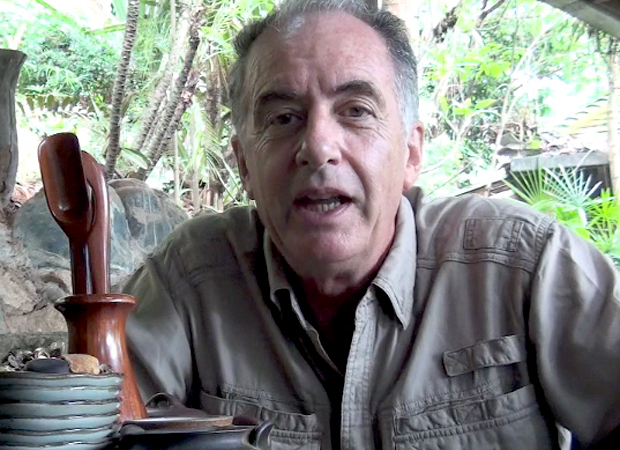
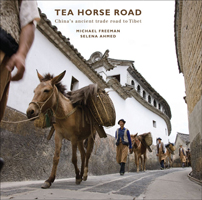
Tea Horse Road
One of the longest and most dramatic trade routes of the ancient world, the Tea Horse Road carried a crucial exchange for 13 centuries between China and Tibet. China needed war horses to protect its northern frontier, and Tibet could supply them. When the Tibetans discovered tea in the 7th century, it became a staple of their diet, but its origins are in southwest China, and they had to trade for it. The result was a network of trails covering more than 3,000 kilometres through forests, gorges and high passes onto the Himalayan plateaus, traversed by horse, mule and yak caravans, and human porters. It linked cultures, economies and political ambitions, and lasted until the middle of the 20th century. Re-tracing the many branches of the Road, photographer and writer Michael Freeman spent two years compiling this remarkable visual record, from the tea mountains of southern Yunnan and Sichuan to Tibet and beyond. Collaborating on this fascinating account, ethnobotanist Selena Ahmed’s description of tea and bio-cultural diversity in the region draws on her original doctoral research.—River Books
Books
10.01.10
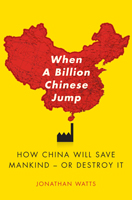
When a Billion Chinese Jump
As a young child, Jonathan Watts believed if everyone in China jumped at the same time, the earth would be shaken off its axis, annihilating mankind. Now, more than thirty years later, as a correspondent for The Guardian in Beijing, he has discovered it is not only foolish little boys who dread a planet-shaking leap by the world’s most populous nation. When a Billion Chinese Jump is a road journey into the future of our species. Traveling from the mountains of Tibet to the deserts of Inner Mongolia via the Silk Road, tiger farms, cancer villages, weather-modifying bases, and eco-cities, Watts chronicles the environmental impact of economic growth with a series of gripping stories from the country on the front line of global development. He talks to nomads and philosophers, entrepreneurs and scientists, rural farmers and urban consumers, examining how individuals are trying to adapt to one of the most spectacular bursts of change in human history, then poses a question that will affect all of our lives: Can China find a new way forward or is this giant nation doomed to magnify the mistakes that have already taken humanity to the brink of disaster? —Simon & Schuster
Books
04.01.10
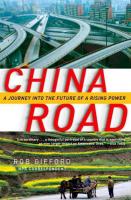
China Road
Route 312 is the Chinese Route 66. It flows three thousand miles from east to west, passing through the factory towns of the coastal areas, through the rural heart of China, then up into the Gobi Desert, where it merges with the Old Silk Road. The highway witnesses every part of the social and economic revolution that is turning China upside down. In this utterly surprising and deeply personal book, acclaimed National Public Radio reporter Rob Gifford, a fluent Mandarin speaker, takes the dramatic journey along Route 312 from its start in the boomtown of Shanghai to its end on the border with Kazakhstan. Gifford reveals the rich mosaic of modern Chinese life in all its contradictions, as he poses the crucial questions that all of us are asking about China: Will it really be the next global superpower? Is it as solid and as powerful as it looks from the outside? And who are the ordinary Chinese people, to whom the twenty-first century is supposed to belong?Gifford is not alone on his journey. The largest migration in human history is taking place along highways such as Route 312, as tens of millions of people leave their homes in search of work. He sees signs of the booming urban economy everywhere, but he also uncovers many of the country’s frailties, and some of the deep-seated problems that could derail China’s rise. The whole compelling adventure is told through the cast of colorful characters Gifford meets: garrulous talk-show hosts and ambitious yuppies, impoverished peasants and tragic prostitutes, cell-phone salesmen, AIDS patients, and Tibetan monks. He rides with members of a Shanghai jeep club, hitchhikes across the Gobi desert, and sings karaoke with migrant workers at truck stops along the way. —Random House
The NYRB China Archive
12.20.07The Amazing Wanderer
from New York Review of Books
1.I could tell you a lot of potentially useful things about Colin Thubron’s latest travel memoir—for example, that he’s a gifted linguist, a dogged reporter, and an elegant writer. For a start, though, perhaps it’s enough to point out that his shoes...
The NYRB China Archive
05.17.01On the Road
from New York Review of Books
Books that “follow in the steps of” a well-known traveler are more and more ubiquitous these days, but many of them are slightly suspect. Following in the footsteps of some distinguished predecessor can look a little like a gesture of defeat,...
The NYRB China Archive
10.21.99Room at the Top
from New York Review of Books
The last time I was in the Himalayas, I met a young, highly Westernized Tibetan who, misled perhaps by my Indian features (born in England, I’ve never lived in the subcontinent), started talking to me about the strange ways of the exotic foreigners...
The NYRB China Archive
01.15.98Lost Horizons
from New York Review of Books
Tibet has always cast a dangerously strong spell upon visitors from abroad. When the first major European expedition marched on Lhasa in 1904, led by Colonel Younghusband at the behest of his old friend Lord Curzon, it ended up slaughtering in just...
The NYRB China Archive
02.03.94Where the East Begins
from New York Review of Books
Between 1965 and 1977, Donald Lach published the first two volumes of his Asia in the Making of Europe, an illuminating and erudite survey of the various ways that Asia has affected scholarship, literature, and the visual arts in the West. Beginning...



